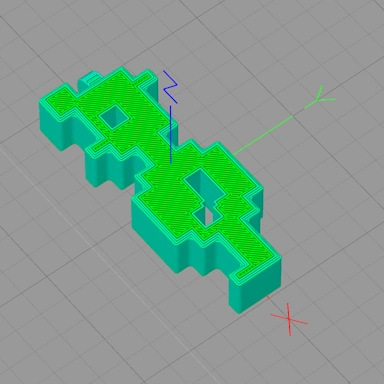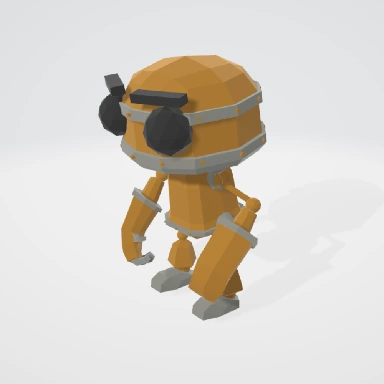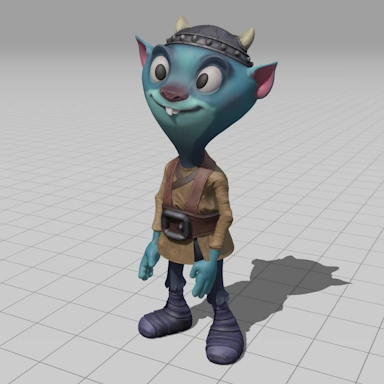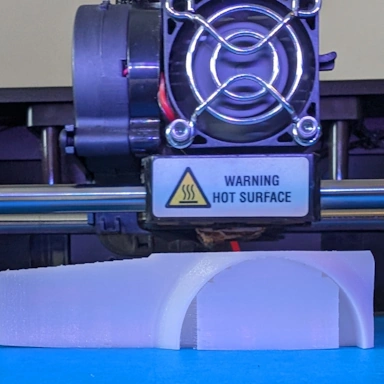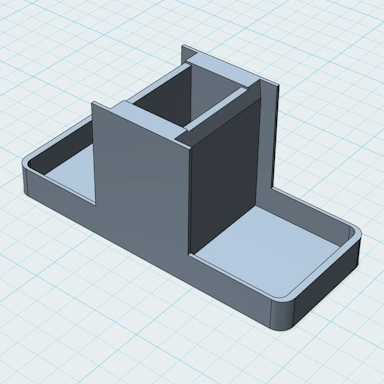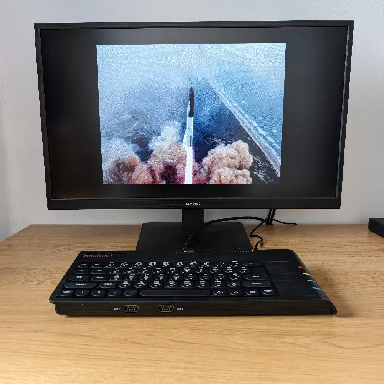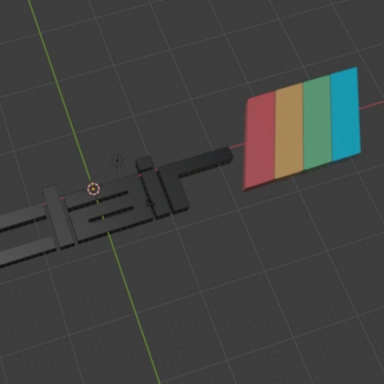| Full Name | Stanford Triangle Format |
| Extension | PLY |
| Type | 3D Model/Point Cloud |
| Mime Type | application/octet-stream |
| Format | Text |
The PLY file format, commonly referred to as the Stanford Triangle Format, is a 3D file format that comes in either plain text or binary formats. The PLY format is a mature format and is supported by many popular 3D editing applications.
Due to its ability to handle full-color 3D point clouds, the format is commonly used as a medium of exchange when working with 3D scanners. There are also many 3D models available online in the PLY format.
PLY Converter Capabilities
As materials containing color information is supported by the PLY format, our tool will do its best to include this in the converted file.
| Full Name | Graphics Language Transmission Format |
| Extension | GLB |
| Type | 3D Model |
| Mime Type | model/gltf-binary |
| Format | Binary |
The Khronos Group developed GLB files as a format for storing complex 3D models. The format was first introduced in 2015 and aimed to create a format that could be easily adopted by third-party developers. Subsequent versions have followed this initial release, adding more complex features.
Support for GLB files is growing and has found support in many modern 3D model editors, such as Blender, which currently supports importing from and exporting to the GLB format.
Mesh Geometry
At the heart of the GLB format is its ability to store 3D geometric mesh data, which comprises vertices, faces, normals (both face and vertex normals), and texture coordinates. The data is saved in a compact binary format, ensuring GLB files are compact and easy to distribute.
GLB Converter Capabilities
As materials containing color information is supported by the PLY and GLB formats, our tool will do its best to include this in the converted GLB file.

